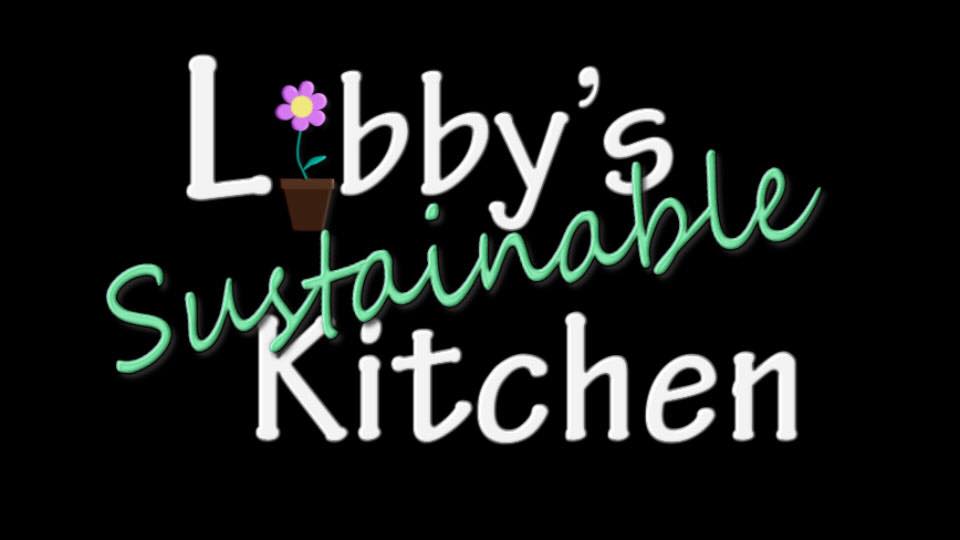Pesticide Soup or Healthy Bone Broth?
OR 
It is really important to make bone broth from pasture-raised animals. Recent studies show glyphosate accumulates in the bone marrow, joints and some of the protein (such as collagen) of the animal 1,2, 3. Most of the feed given to animals raised in the conventional farming system is from crops heavily sprayed with pesticides that contain glyphosate. Cooking the bones of animals to make broth will extract the glyphosate from the bones into your broth, creating a pot of pesticide soup. Therefore it is important to only cook or consume bone broth from organic or pasture-raised animals. I prefer pasture raised animals because they are out in the sun and eat a diet their system is designed to process, therefore providing a full nutrient profile.
Glyphosate also gets passed on to consumers through packaged foods, meats, or gelatin. Consumers eating a diet heavy in meats from conventionally raised animals or processed foods are often unaware of the glyphosate intake in their diet. Glyphosate, an active ingredient in roundup, which is a heavily used pesticide on GMO crops, is linked to manganese depletion in plants and animals 4. Manganese depletion for humans is associated with gut dysbiosis, autism, Alzheimer's disease (AD), depression, anxiety syndrome, Parkinson's disease (PD) and prion diseases 4–6. The use of glyphosate has increased 100 fold since 1970 in response to the glyphosate-resistant weeds and GMO glyphosate tolerant crops. As a result of the increased application, misunderstood half-life, and drift, glyphosate contamination is not only found in our food but also in drinking water sources, precipitation, and air, especially near farming communities7.
Society's largest access to meat has toxins in the form of pesticides. Do you think if all our meat consisted of healthy fats, and proteins and was free of stress, that in time it would impact the health of society? Imagine if all we sold was healthy meat and produce!
Definitions:
Conventional farming (industrial agriculture): Farms that grow or raise food using synthetic chemical fertilizers, pesticides, herbicides and genetically modified organisms.
Conventional Meat: Meat raised in Concentrated Animal feed Operations (CAFO) and Factory farms. Animals are raised in confined spaces and fed a diet different from their natural diet, consisting of commodity crops (high yield variety crops (HYV), and GMO crops. The animals live in conditions that increase disease and stress, which require antibiotics and often are fed hormones to increase production.
Pasture-raised animals: animals are raised in living conditions accommodating their natural behaviors, living outdoors in the sun and eating food that their bodies are adapted to digesting. For example chickens eat worms and insects, cows eat fresh grass and other plants.
Organic meat: animals are raised in living conditions accommodating their natural behaviors when possible, not administered antibiotics or hormones and fed 100% organic feed and forage except items included in the list* of allowed synthetics for food production and livestock.
*the list is constantly changing and can be found Under Title 7 → Subtitle B → Chapter I → Subchapter M → Part 205 → Subpart B → §205.601 or §205.603.
References:
1. Prasad S, Srivastava S, Singh M, Shukla Y. Clastogenic Effects of Glyphosate in Bone Marrow Cells of Swiss Albino Mice. J Toxicol. 2009;2009:1-6. doi:10.1155/2009/308985.
2. Philipp Schledorn MK. Detection of Glyphosate Residues in Animals and Humans. J Environ Anal Toxicol. 2014;4(2). doi:10.4172/2161-0525.1000210.
3. Seneff S. Glyphosate in Collagen: Widespread Consequences. Wise Tradit. 2016;17(4):34-40.
4. Samsel A, Seneff S. Glyphosate, pathways to modern diseases III: Manganese, neurological diseases, and associated pathologies. Surg Neurol Int. 2015;6(1):45. doi:10.4103/2152-7806.153876.
5. Chorfa A, Bétemps D, Morignat E, et al. Specific pesticide-dependent increases in α-synuclein levels in human neuroblastoma (SH-SY5Y) and melanoma (SK-MEL-2) cell lines. Toxicol Sci. 2013;133(2):289-297. doi:10.1093/toxsci/kft076.
6. Seneff S, Swanson N, Li C. Aluminum and Glyphosate Can Synergistically Induce Pineal Gland Pathology : Connection to Gut Dysbiosis and Neurological Disease. Agric Sci. 2015;6(January):42-70. doi:10.4236/as.2015.61005.
7. Myers JP, Antoniou MN, Blumberg B, et al. Concerns over use of glyphosate-based herbicides and risks associated with exposures: a consensus statement. Environ Health. 2016;15(1):19. doi:10.1186/s12940-016-0117-0.



